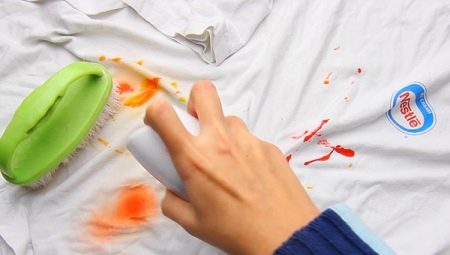Nobody likes stains on clothes. If you stained your favorite sweater with sauce or a child stained a formal dress in mud, do not rush to get rid of your clothes. We’ll tell you how to clean your clothes so that they look like new. The most important thing is to choose the right detergent and follow the instructions.
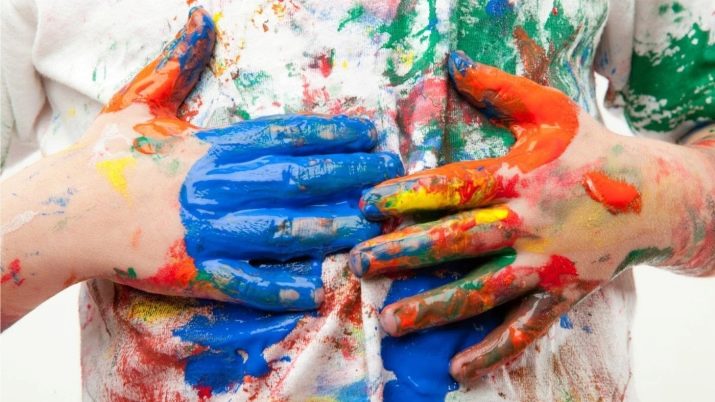
Withdrawal Rules
Acting immediately to prevent stains is necessary, but not enough. The stain will not disappear if you wash it with water and continue to do your own thing.
There are three main steps to effective stain removal, regardless of the nature of the stain:
-
Choose a suitable solvent.
-
Use the appropriate cleaning method.
-
Pick the right powder.
Most standard stains do not require a special approach to processing, as well as the use of complex means. We will analyze in more detail each of these stages.
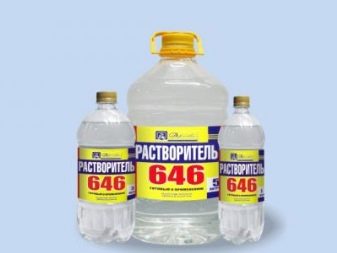
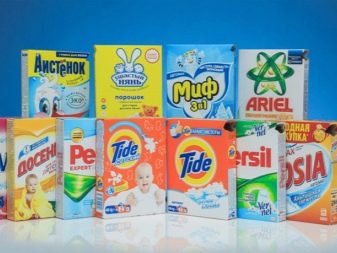
Choosing the Right Tool
Choosing the right solvent requires knowing two things:
-
that will dissolve the stain in question;
-
what is safe to use on the fabric with which you work.
Each fabric has its own remedy.
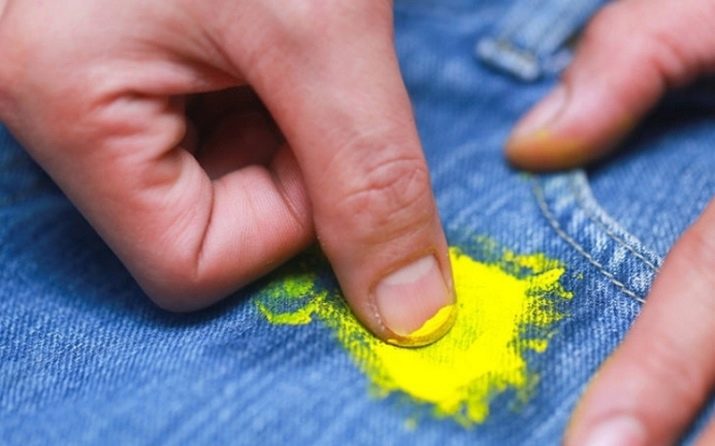
Using the wrong cleaning product can ruin the fabric more than the original stain. Most of the clothes are made of fairly durable materials, but they all have their strengths and weaknesses.
-
Cotton. It is easy to bleach white cotton, but it is very hard to color, so use bleach as a last resort and dilute them well. Detergents and light acids (lemon juice, vinegar) are best suited.
-
Wool much more heat sensitive than cotton and must be handled carefully. Only detergents for wool and washing with warm water can be used; acid treatments can damage the fabric. Clean the stain with water or wool detergent as soon as possible.
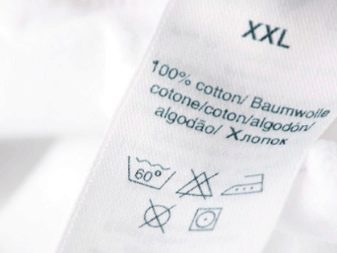
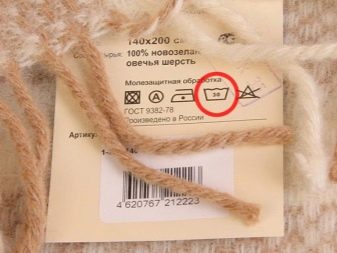
-
Synthetics It is best to clean with a standard laundry detergent or soap stain.
-
Silk - very delicate fabric. You can treat the stains with water, but instead of allowing the wet stain to dry on its own, rinse the entire garment thoroughly, otherwise you will get a stain of water, almost as bad as the original. Glycerin is also effective and neutral.
Regardless of which product you are using, check the stain remover on the inside before applying it to the stain to make sure that it does not damage the fabric.
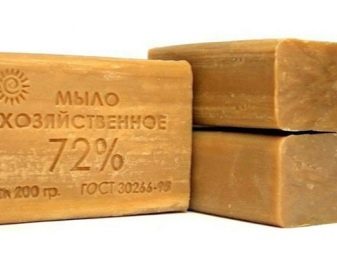
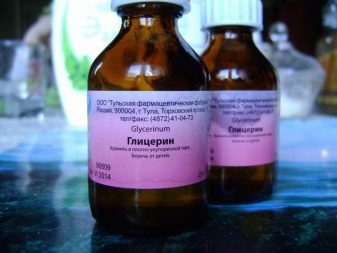
Types of solvents and stains they remove
Here are the main families of stain removers and solvents, as well as the types of stains for which they are most effective in cleaning:
-
Water - versatile, safe to use and cheap. Effective to prevent stains. A prolonged soaking is required, which does not have a large effect on spots with fat and oil, but significantly reduces the effect of dyes (lipstick, hair dye).
-
Salt. Cheap and almost everyone has it. It can be applied over a moistened spot. Effective against stains: sweat or deodorant in the armpits, red wine and blood.
-
Vinegar or lemon juice. Weak acids are excellent for removing coffee and tea, grass stains and sticky residues such as tape and glue. Vinegar is also effective against mold. Do not use on wool.

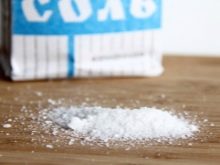
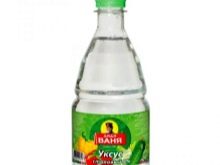
-
Dishwashing liquid. Washing and detergents for plates are quite similar and interchangeable in most situations. Dishwashing detergent is generally harsher and can spoil delicate fabrics if you do not rinse it thoroughly. Effective against grease stains.
-
Oxidizing Bleaches: The most common example here is hydrogen peroxide. They are effective in removing color, which makes them ideal from stains of cosmetics, herbs and other pigment-based damage. They are less effective against lubrication and can damage delicate fabrics. Dilute, if necessary, for a softer cleaning.
-
Glycerol - neutral remedy available. Good for inks and dyes.
-
Mineral Alcohols - Intensive remedy for stains of asphalt and tar. Too aggressive for delicate fabrics. Rinse clothes thoroughly after processing and air dry.
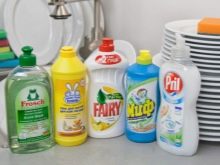
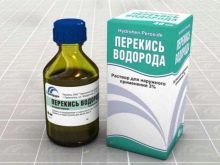

Not all stains are easily susceptible to one type of cleaning. Some of them will require the repeated use of different means: many lipsticks, for example, have both an oil component and a dye component.

How to remove stubborn marks?
While stain-removing sprays, sticks and pens are effective in combating old stains, they have two drawbacks: they are expensive and sometimes you need to use them in large quantities.
To avoid the need to throw away clothes due to old stains, follow these general guidelines:
-
Cover the stain immediately with water or an appropriate solvent if it is at hand.
-
Do not place clothing near heat sources.
-
Apply solvents gently to contamination and allow them to soak, do not rub.
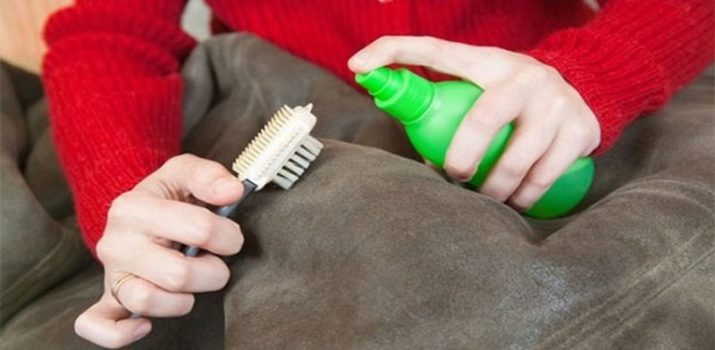
Simple stain remover
There is an inexpensive and affordable tool: dishwashing detergent and hydrogen peroxide. You can add baking soda for additional cleaning.
Mix one part dishwashing detergent with two parts of hydrogen peroxide in a spray bottle and apply to an old stain. Keep the product as long as possible. Take only the 3% hydrogen peroxide solution available at any pharmacy, instead of looking for a 35% solution.
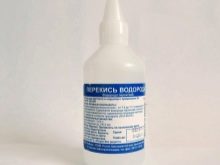
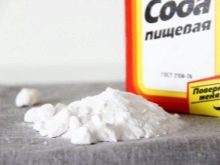
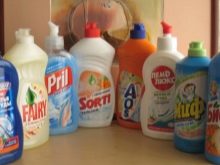
Organic pollution
There are secrets to removing various organic stains from food on clothes.
A way to peel chocolate from clothes
Perform each step and the dirt will go away without problems:
- Clean off the remaining chocolate from the clothes. If necessary, you can cool the stain in the refrigerator, and then remove it.
- Rinse the soiled fabric from the wrong side with cold water or carbonated water. Ideally, keep the back of the fabric under the tap. This will help loosen the chocolate particles and push them out of the garment fibers.
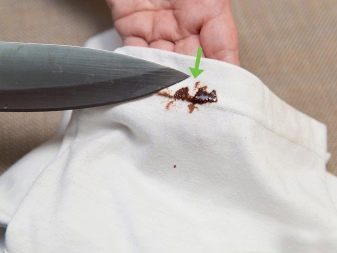
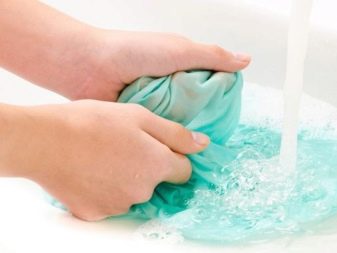
- Wipe the stain with detergent or liquid dishwashing detergent. Do this carefully (but not too rough) and make sure that the detergent saturates the fabric.
- Soak your clothes in cold water for 15 minutes and gently rub the product into the stain every 3-5 minutes. Rinse the fabric until the stain disappears. You may need to reapply more detergent for a particularly stubborn stain.
- Wash clothes in the washing machine. If contamination remains, repeat steps 2 to 5. Be sure to check that the contamination has completely disappeared before you dry or wet your garment.
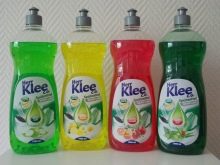
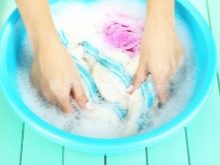
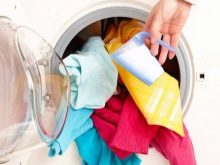
A simple way to wipe off beet and blueberry stains
The method will help get rid of bright spots from other fruits and vegetables:
- Apply liquid detergent or stain remover, then rinse well with cold water.
- If dirt remains, rinse in a solution of cold water and chlorine or oxygen bleach. Chlorine bleach is preferable to use on light fabrics.
- Rinse clothing in cold water with a suitable bleach, if necessary.
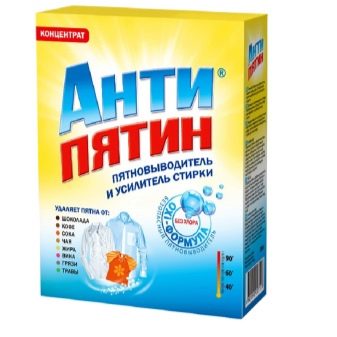
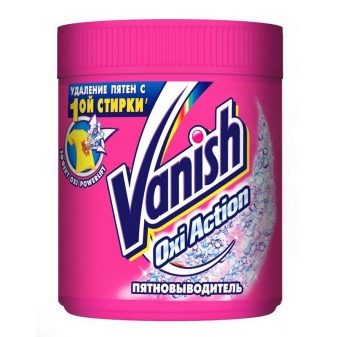
We remove tea and coffee stains
Tea contains tannin, and it leaves stains on your clothes. Wine, coffee, tea, soft drinks, fruits and fruit juices usually also contain tannin. Prepare the stain for cleaning by soaking in cold water, then rinse in the hottest temperature suitable for the garment.
To get rid of coffee or tea stains, apply 1/3 cup of vinegar mixed with 2/3 cup of water to the dyed fabric. Hang clothes in the sun to allow them to dry, then wash as usual.
Avoid using soap powder that can fix the stain.
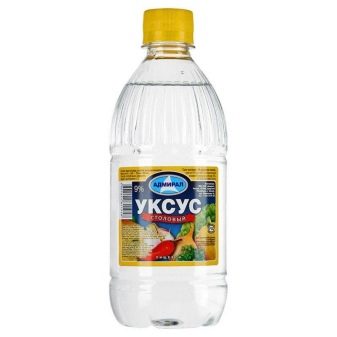
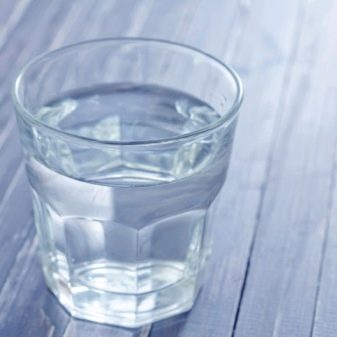
A way to wipe stains from grass and foliage of trees
Children and adults love to play on the grass in summer. As a result, stains from grass and foliage remain on the clothes. Some products, such as blueberries or mustard, leave unpleasant traces on things.
These problems can be dealt with using available tools:
- Apply to clothing in undiluted vinegar for 30 minutes, then rinse it off.
- If you still see signs of a stain after washing, try making a paste of vinegar and baking soda.
- Use an old toothbrush to cover the dirt, then wash the item again.
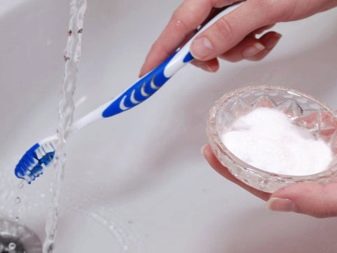
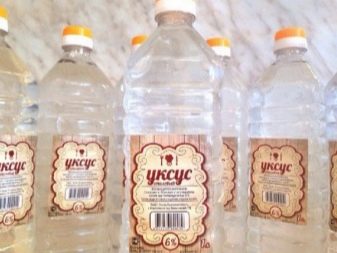
Greasy
Glossy stains from greasy foods remain on clothing and furniture, for example, if you are used to eating on the couch, then soon it will lose its former attractiveness. The situation can be easily corrected.
The choice of product depends on the nature of the stain:
-
If the stain remains from cooking oilimmediately treat it with warm water. Gently apply a dishwashing detergent that dissolves grease onto the cloth, lay a paper towel on top and let stand.Repeat as necessary.
-
If the pollution is old, thoroughly apply bleach or thinner to dry clean the inside of the garment and cover with a paper towel, then rinse thoroughly.
-
Engine grease or engine oil. Such a stain should be immediately treated with warm water. Soak the item as soon as possible in warm water with a high power detergent. Remove, treat the stained area with detergent directly and lay face down on paper towels. Wash. Repeat as necessary.
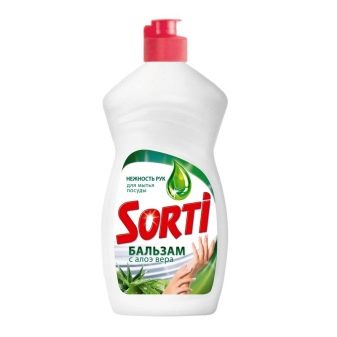
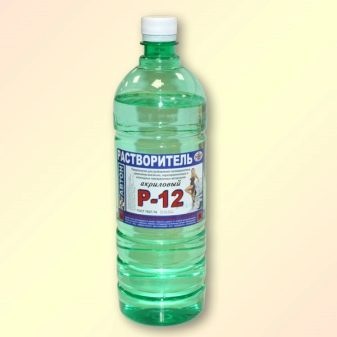
Rust
To remove rust, soak a cotton swab with vinegar and use it to remove the stain. Then apply a thin layer of salt and vinegar on it. Put the clothes outside in direct sunlight until the stain disappears. Then wash as usual.
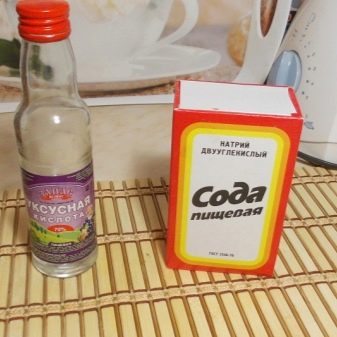
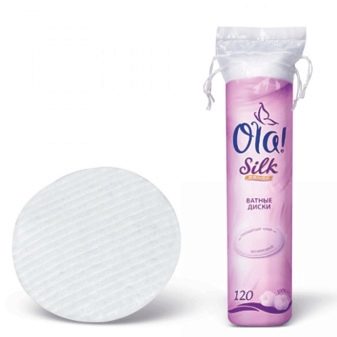
From the iron
Many people are familiar with the situation when you forgot the iron on your favorite jacket, skirt or pants, even on your coat, and yellow burnt spots remained on things. Some of them can be washed at home.
Before you start reading, it is important to remember that some burn marks on clothing may be irreversible.
You essentially burn the fabric, so (unfortunately) this kind of stain can be permanent. Nevertheless, in some cases (especially on synthetics and cotton fabrics) there is hope.

How to clean iron stains:
- Act quickly to remove burn marks. Immediately remove the iron from clothes and turn it off - do not continue to iron. You should remove the burn mark as soon as possible.
- Rinse clothes in warm water. This will prepare the item for pre-processing.
- Soak clothes in bleach (optional). Check the label on the garment to make sure that it is safe to use bleach on it. If so, you can then pretreat the item by soaking it in diluted bleach for about 15 minutes. Pre-soaking will increase the chances of removing burn marks.
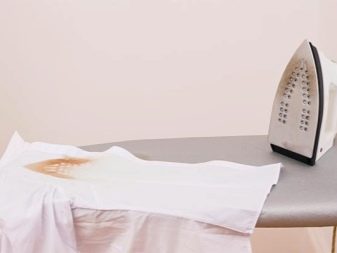
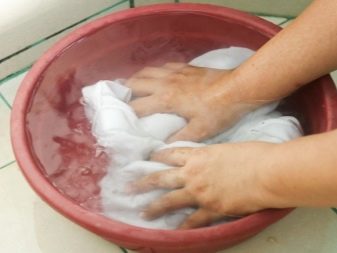
- After you have pre-processed the item, wash it in the washing machine with a high-quality detergent for washing. Switch the machine to the appropriate cycle and temperature, as recommended on the label for clothing care.
- Dry in the sun. After completing the wash cycle, check for a burn mark and hang the item to dry in the sun. The sun's rays will help to brighten the spot more.
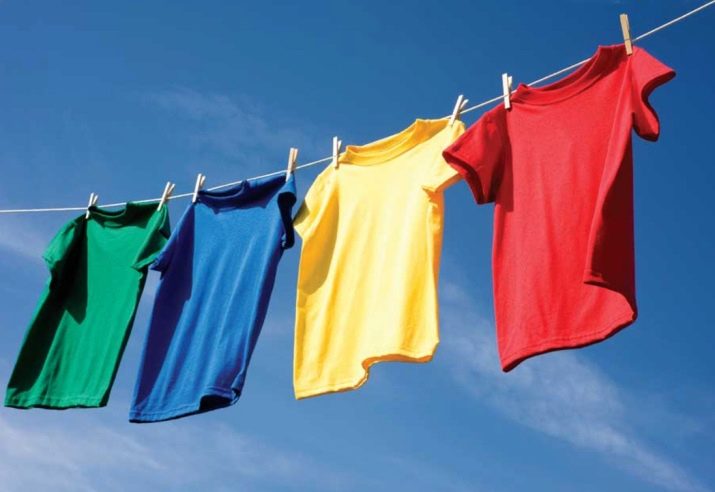
Gasoline and resin
First way
It is not easy to remove gasoline stains from clothes, but you can still, the main thing is to act promptly:
-
Dry your clothes first with paper towels to remove excess gasoline. It is effective in such cases to use baking soda to absorb excess fluid.
-
Detergent for kitchen utensils is a universal product, because it is specially designed to remove greasy and oily stains. Use 2 tablespoons of soap or liquid detergent and a soft bristle brush.
-
Keep the composition on soiled clothing for five minutes, then rinse in hot water, allowed for fabric temperature, for about half an hour. It is important to use the hottest water that is safe for the type of fabric.
-
Check clothing for odors and stains after washing.
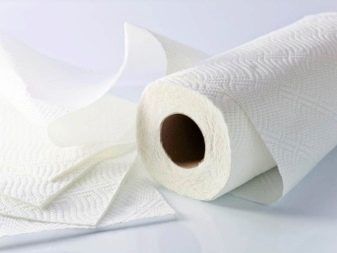
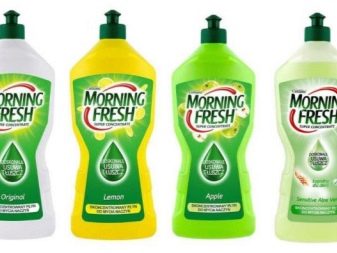
Second way
You can make a paste of 2 parts of baking soda and 1 part of water and wipe the soiled fabric with it. Let it air dry and then wipe the baking soda from the clothes. This step can be repeated again until gasoline is completely removed.
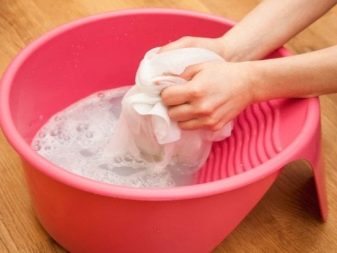
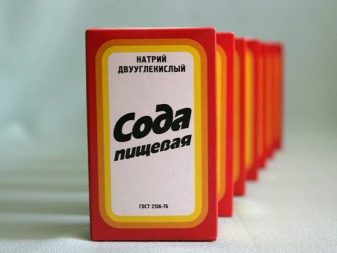
Third way
Dip clothes in soda water and leave overnight. Stretch in the morning.
The fourth way for difficult spots
Soak clothes in warm water with 1 cup of ammonia. Perform work in a ventilated room or on the balcony, soak for several hours. Wash afterwards without using chlorine-based cleaning products.
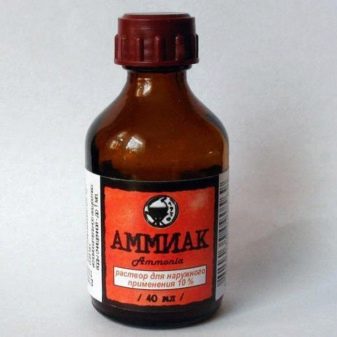
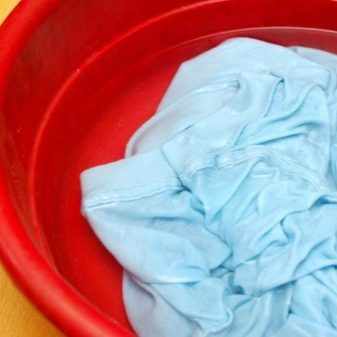
Resin removal
Before processing, clean as much resin as possible.You can use a blunt knife to gently clean the tar from the fabric. The sooner you begin to remove the resin, the easier it will be to remove the stain.
Removing thick chips by freezing:
-
Place the pieces of ice in a plastic bag and pass them over the resin so that its particles lag behind the fabric. So you make the resin freeze (harden), it will become brittle and malleable.
-
Now it can be cleaned directly with your fingers or with a smooth blunt knife, you can also use a spoon or skewer for canapes when the resin has hardened.

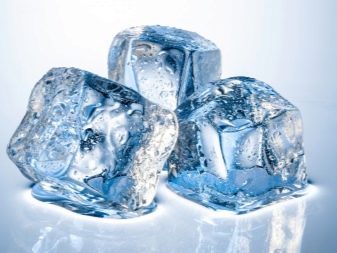
Fine stain removal (wetting method)
Wipe it with one of the following fat / solvent based products:
- Heated (not too hot) fat or other fats of meat or poultry;
- Mineral oils from a pharmacy;
- Automobile dehydrator;
- Coconut, olive, rapeseed or any other vegetable oil.
If this does not help, try spraying the area of contamination of the WD-40. This can only be done outdoors, away from the flame, do not smoke nearby.
Remove the dissolved, greased resin by wiping with a lint-free cloth and a towel or a cleaning cloth; wash in the usual way.
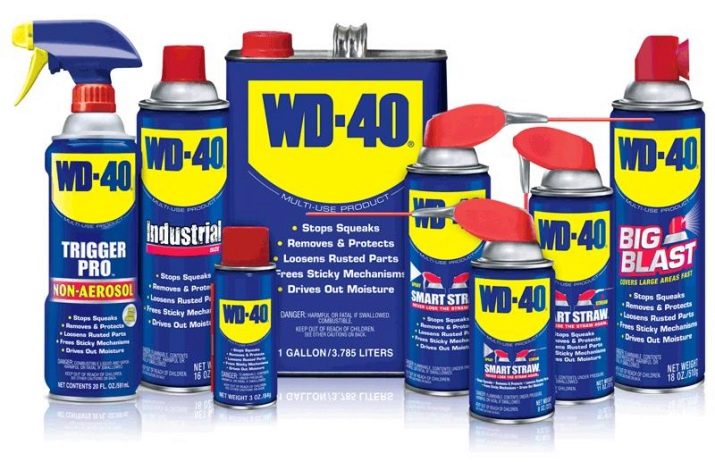
Features of cleaning white products
Do not use bleach. Using chlorine-based substances on white clothing will remove white from the fabric. One alternative is a colorless bleach based on hydrogen peroxide.
Basic Rules:
-
Take action immediately. Whatever you do, take a damp paper towel and start cleaning up the stain for one to two minutes. First remove the edges of the stain to prevent it from spreading.
-
Do not blot the fabric. Surely you heard that you need to blot the stain instead of wiping it, right? In the case of white fabrics, blotting will only strengthen the paint on the fabric.
-
Do not delay flushing. The less time you wait, the easier it will be to remove stains.
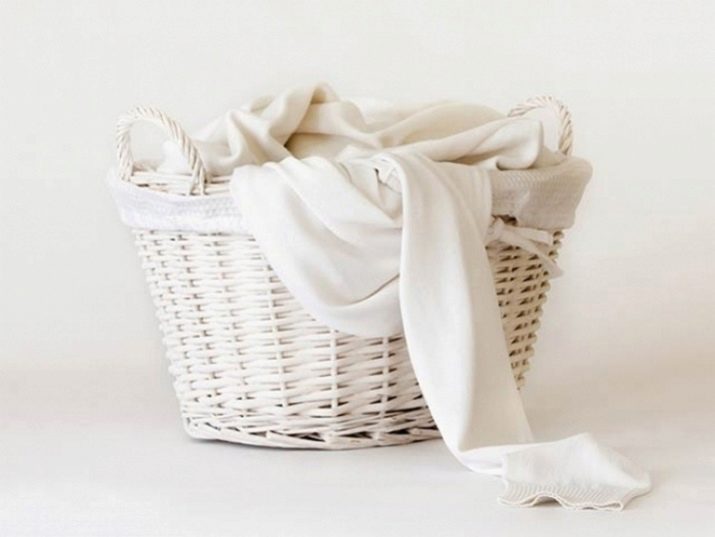
How to remove stains from colored fabric?
The right product, applied incorrectly, can degrade the color of clothing.
When cleaning colored fabrics, never use direct force.
Gently pat the stain instead of wiping it with a cloth or fingers.
However, you can get better results if you use a series of steps designed specifically to remove stains from the fabric:
-
Moisten the stain with water immediately. This rule works with any things. Make sure that the entire fabric is saturated and that water seeps completely through the fabric, and not just sits on the surface.
-
When you take off your garment, re-wet the stain and apply absorbent. Salt is the most common and cheapest option, but some people use corn starch or talcum powder for a similar effect. It works best on smooth fabrics such as cotton jerseys. Leave the absorbent for ten or fifteen minutes, then clean it and rinse with water.
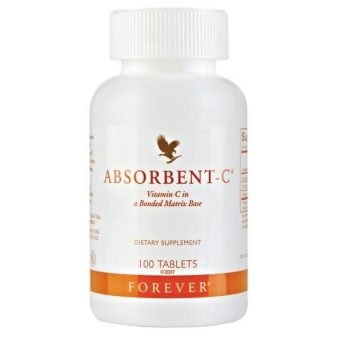
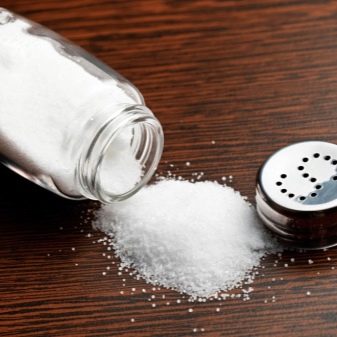
-
Apply solvent from the back of the garment under the stain.
-
Lay the fabric face down on a clean paper towel. Like absorbent material, it absorbs chemicals that actually cause stain pollution.
-
Keep your clothes on a paper towel for an hour or so. Different solvents have different reaction times, but they all take some time. The only real guide here is to return to the final rinse before the solvent has completely dried. Watch her. If the solvent has time to completely dry, you can just get a larger stain, but lighter than before.
-
Rinse clothes to remove dirt and solvent.
-
Some stains can be removed simply by erasing or dry cleaning, but it is best to use a specific tool. In the case of fine wool or silk, it is better to limit yourself to water.
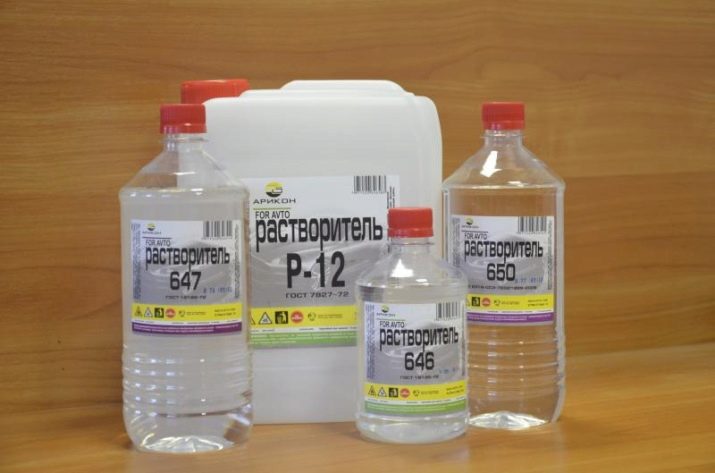
We clean children's things
Baby things are always the most dirty.Little children, like dumbasses, run around the yard, play on the grass and climb trees. No wonder their clothes look like a rainbow - so many different colors can be seen on it. If you do not plan to preserve the memory of the adventures of a child, you need to urgently take action.
If you do not clean the dirt from the clothes of little tomboys in a timely manner, the spots dry out and are difficult to influence. Clothes have to be thrown away or put on rags, which is very disappointing.
However, there is a chance to extend the life of children's clothing.
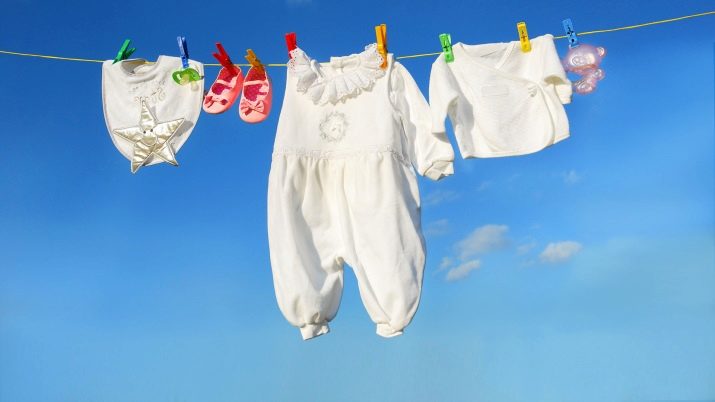
Even the most stubborn spots recede before such simple methods:
-
Just make the mixture destructive for stains: Mix chlorine bleach and any hypoallergenic vegetable oil in a 1: 1 ratio and add three quarters of a glass of your normal powder. Feel free to dissolve the resulting mixture in a basin of water and soak the laundry overnight or for 5-6 hours. Now you can wash your laundry in the usual way for you with the addition of powder for children's things.
-
Take a couple of spoons of hydrogen peroxide from the pharmacy and the same amount of liquid dishwashing liquid. Add to the resulting solution two tablespoons of baking soda, which is found in the kitchen. Apply the composition directly to the stain and wait until half an hour. Now rinse your laundry and you can wash your clothes in the usual way.
-
Combine 2 teaspoons of hydrogen peroxide with 2 teaspoons of dishwashing detergent and 2 tbsp. tablespoons of soda. Apply the resulting mixture to the stains and leave for 20 minutes. After intensively rinse the stains and add a small stain remover to the washing machine.
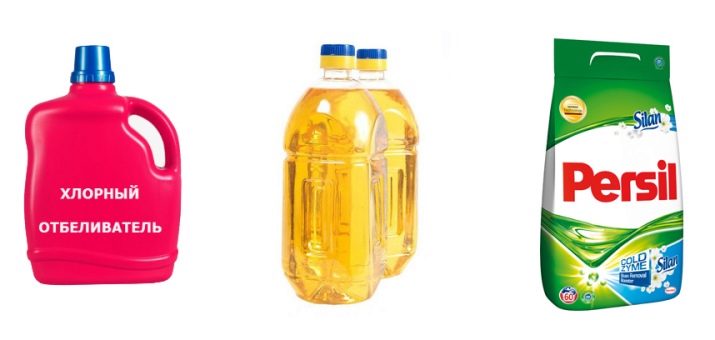
What washing powder is better to wash?
You are probably wondering what works best with stains: dry powder or liquid detergent. Compare the pros and cons of two cleaning products.
Powder
Advantages:
- Great for stain removal, especially old ones;
- Cheaper
- Cardboard packaging is more environmentally friendly.
Disadvantages:
- Sometimes it does not dissolve properly, leaving marks on clothing;
- Contains sodium sulfate, which can cause allergies;
- It contains more chemicals than liquid detergent, which is harmful to the inside of the machine and the water supply.
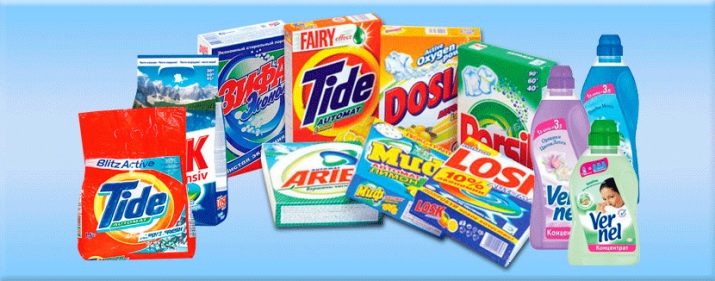
Liquid remedy
Advantages:
- The detergent is pre-dissolved, so there is no residue;
- Liquid detergent contains less chemicals than powder, respectively, safer for the environment;
- You can pre-treat stains by pouring liquid directly onto the fabric.
Disadvantages:
- Liquid detergents are usually more expensive than powder;
- Plastic packaging is not so environmentally friendly;
- Liquid detergent is well suited for fresh stains, but it does worse with dried stains;
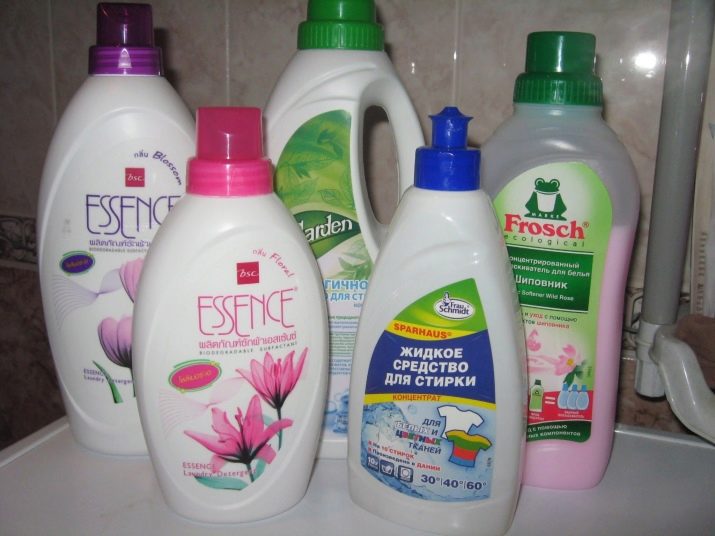
It’s hard to say which remedy is better. But we can say for sure which one is better in certain cases:
- Powder is best for washing heavily soiled clothes.
- The liquid is best suited for powerful washing machines and do-it-yourself dispensers such as Siemens iDos.
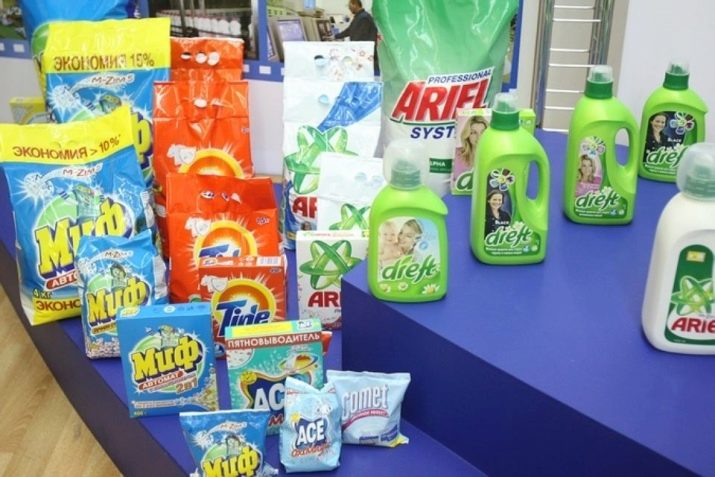
How to choose a suitable detergent?
Read the information on the label, pay special attention to the composition. If it contains:
-
Phosphates When buying detergent, pay attention to the symbols “P” or “NP” on the packaging. They relate to phosphorus, which softens water and helps to keep contaminated water in the water. The problem with phosphorus is that it can lead to excessive growth of blue-green algae. For this reason, it is better to buy washing powder with the symbol "NP".
-
Enzymes. They are used in washing machines to remove stains. If you often wash stains off clothing, an enzyme-rich cleanser is your friend. However, enzymes are known to cause skin irritation, so they should be avoided if someone in your family has sensitive skin.
- Optical brighteners. They cover the tissue with fluorescent particles that absorb ultraviolet radiation, and then re-emit it as blue-white. It makes your clothes brighter and whiter. Optical brighteners should be avoided with sensitive skin, as they can cause a rash.
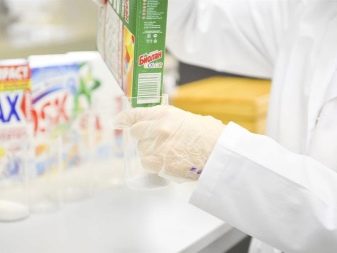
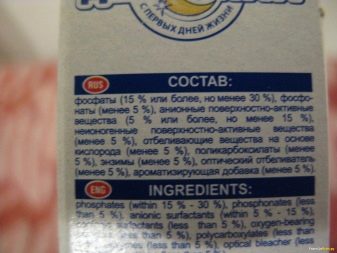
Useful Tips
-
Baking soda effectively cleanses if diluted with water to a pasty state.
-
Liquid detergent for washing works more efficiently than powder detergent because it is absorbed into the stain and fibers of clothing.
-
Usually, hot tap water is enough to get rid of the stain. For stiff spots, you can heat the water on the stove or in the microwave.
-
Be careful if you decide to use a mild bleaching agent on your laundry. Even lemon juice can “eat up” colors and discolor patterns.
Follow simple guidelines and try to remove dirt from the fabric as quickly as possible. Always at hand you can find tools that will help return your clothes a beautiful look.
On how to effectively remove stains from clothing, see the next video.
